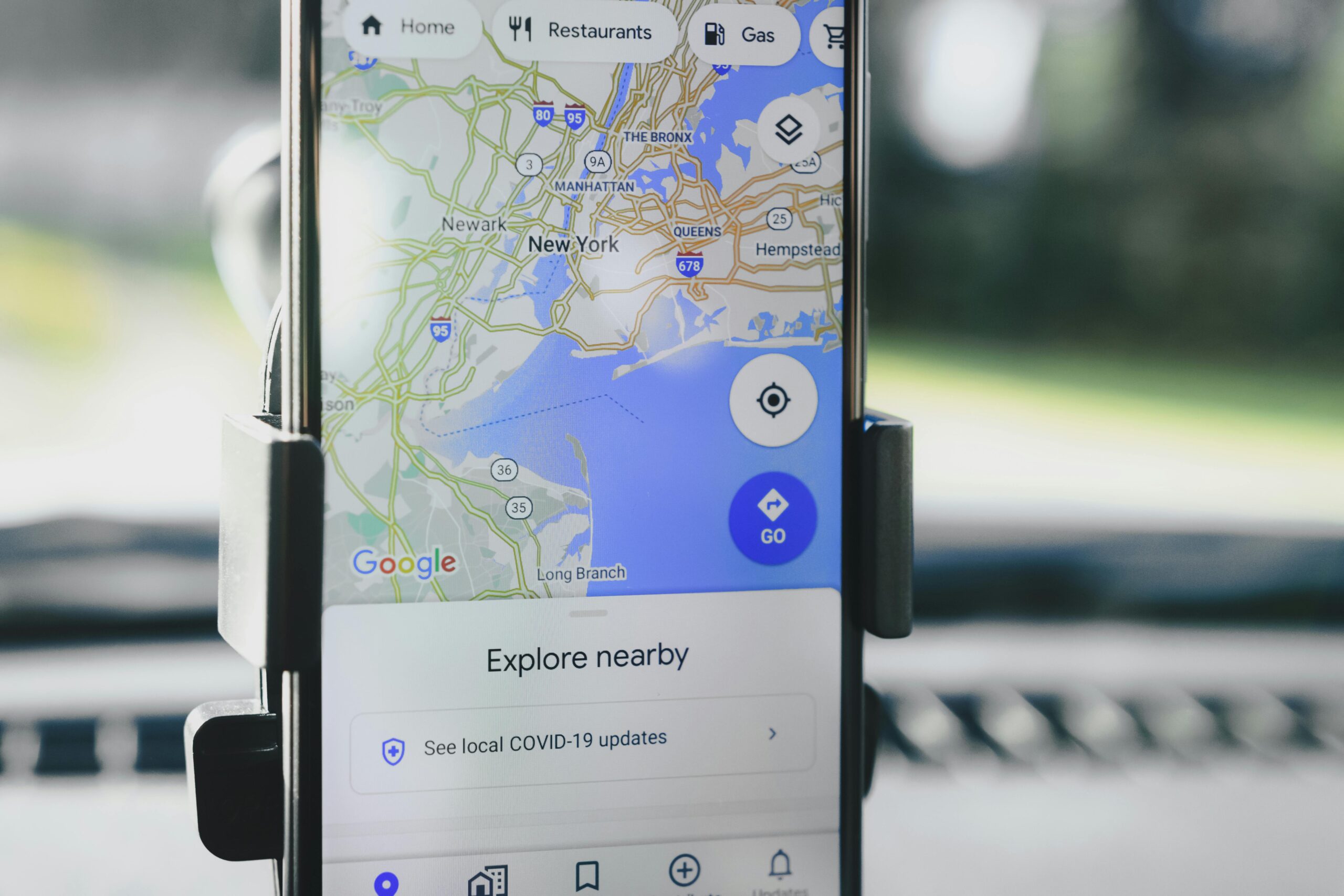Appearing in “near me” searches is crucial for businesses, especially those with physical locations targeting local customers. With the increasing reliance on mobile devices and location-based services, optimizing for “near me” searches can significantly boost your visibility and drive foot traffic to your business. Here are some strategies to help you appear in these searches:
1. Optimize Google My Business (GMB) Listing:
- Claim and verify your Google My Business listing if you haven’t already. Ensure all information such as business name, address, phone number, and website are accurate and up to date.
- Select relevant categories for your business to improve the chances of appearing in relevant “near me” searches.
- Encourage customers to leave positive reviews on your GMB listing, as reviews can influence your ranking in local search results.
2. Local Keywords Optimization:
- Incorporate local keywords into your website content, meta descriptions, and title tags. Include the name of your city, neighborhood, or region where your business is located.
- Create location-specific landing pages if you have multiple business locations to target different areas effectively.
3. Mobile-Friendly Website:
- Ensure your website is mobile-friendly and loads quickly on smartphones. Google prioritizes mobile-friendly websites for users conducting searches on mobile devices.
- Provide clear and concise information about your location, hours of operation, and contact details on your website.
4. Consistent NAP Information:
- Ensure consistency in your business name, address, and phone number (NAP) across all online platforms, including your website, social media profiles, and local directories. Inconsistencies can confuse search engines and affect your ranking.
5. Local Link Building:
- Build local citations by getting your business listed on online directories, local chamber of commerce websites, and community business listings.
- Partner with local businesses or organizations for co-marketing opportunities and backlink exchanges, which can help improve your local search visibility.
6. Create Local Content:
- Produce content that is relevant to your local audience, such as local events, news, or guides related to your industry.
- Utilize location-specific keywords in your content to attract users searching for information in your area.
7. Utilize Schema Markup:
- Implement schema markup on your website to provide search engines with specific details about your business, such as your address, phone number, business hours, and customer reviews. This can enhance your visibility in local search results.
8. Monitor and Analyze Performance:
- Use tools like Google Analytics and Google Search Console to monitor your website’s performance in local search results.
- Track the keywords driving traffic to your site and analyze user behavior to refine your local SEO strategy over time.
By implementing these strategies, you can improve your chances of appearing in “near me” searches and increase your visibility to potential customers in your local area. Remember that local SEO is an ongoing process, so regularly monitor your performance and adjust your strategy as needed to stay competitive in local search results.



